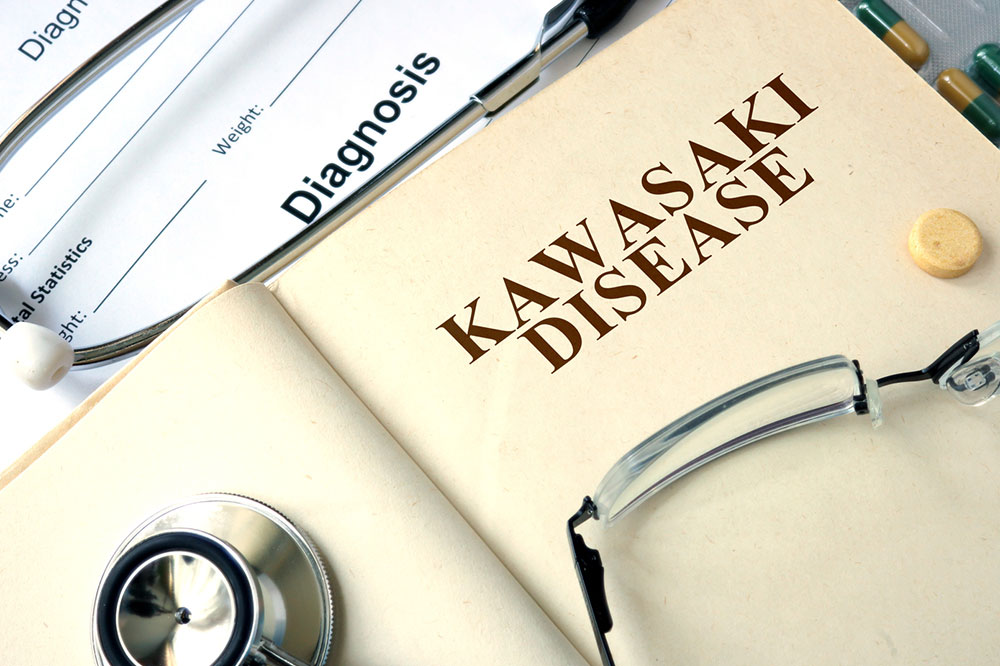Comprehensive Guide to the Aging Process: Biological Insights and Influencing Factors
This detailed guide explores the biological mechanisms behind aging, common signs, and factors influencing it. Understanding these elements helps in adopting healthier lifestyle habits, potentially slowing down age-related decline. Learn about oxidative stress, inflammation, and lifestyle choices that impact how we age, with practical tips to promote longevity and well-being in later life.

An In-Depth Exploration of the Aging Process
Aging is an intrinsic and inevitable aspect of human life that everyone experiences. Despite its universality, many individuals lack a thorough understanding of the underlying biological mechanisms, the visible signs, and the factors that influence how we age. This extensive article aims to shed light on the complex processes that constitute aging, offering insights into the physiological changes, common symptoms, and external influences that accelerate or decelerate this natural progression. Understanding these elements is crucial for adopting strategies to promote healthier aging and improve quality of life as we grow older.
Defining Aging: What Does It Really Mean?
Aging refers to the gradual, natural biological alterations that occur within the human body over time. Unlike sudden changes or illnesses, aging encompasses a series of intricate physiological transformations that influence multiple bodily systems. While some aspects of aging, such as the appearance of gray hair or skin sagging, are visibly apparent, the process extends far beyond surface features. It involves microscopic changes at the cellular and molecular levels, which cumulatively result in functional decline and increased vulnerability to diseases.
Some features of aging appear rapidly, such as puberty during adolescence, whereas others, like the deterioration of skin elasticity and the accumulation of sun damage, develop gradually over decades. A comprehensive understanding of aging involves recognizing these diverse timelines and embracing lifestyle choices that can influence their progression. Maintaining a healthy lifestyle, including balanced nutrition, regular exercise, and avoiding harmful habits, can help mitigate some of the adverse impacts associated with aging—potentially prolonging functional independence and well-being.
While aging is an unavoidable biological reality, understanding its stages and signs can empower individuals to adopt proactive measures. Recognizing that aging is both a physical and psychological process allows for better management of age-related changes, ultimately leading to a more fulfilling and healthier later life. This knowledge is essential not only for individuals seeking to improve their personal health outcomes but also for healthcare providers aiming to develop effective strategies for aging populations.
Recognizing Common Signs of Aging
Although every person ages uniquely, certain hallmark symptoms and changes are commonly observed across different individuals. These signs can serve as indicators of the biological aging process and help differentiate between normal aging and potential health issues requiring medical attention. Some of the most prevalent age-related signs include:
Increased susceptibility to infections due to a weakened immune response
Higher risk of cardiovascular events such as strokes and heart attacks
Bone density reduction, leading to conditions like osteoporosis and height loss
Weaker bones that are more prone to fractures
Degenerative joint conditions like arthritis, causing stiffness and pain
Decreased mobility and physical endurance
Lower energy levels and increased fatigue
Incontinence and urinary issues
Slower cognitive functions affecting memory, focus, and problem-solving skills
Decline in peripheral vision and other visual changes
Hearing loss and impairments
Changes in skin such as sagging, thinning, and wrinkle formation
Gray or white hair due to pigment loss in hair follicles
Potential fluctuations in body weight, often with weight loss in later years
Being aware of these signs can aid in early detection of health issues and facilitate timely interventions that help manage age-associated conditions more effectively.
Biological Factors Contributing to the Aging Process
Aging is driven by complex biological mechanisms that involve cellular, molecular, and systemic changes. Several factors within our biology significantly influence how quickly we age and how resilient our bodies remain over time. Understanding these factors can provide insights into potential interventions or lifestyle modifications that could slow down certain aspects of aging.
Free Radicals and Oxidative Stress
One of the primary culprits in accelerating aging is the presence of free radicals—unstable molecules generated during normal metabolic processes or due to external factors like pollution and smoking. These molecules are highly reactive and can damage vital cellular components such as DNA, proteins, and lipids, leading to cellular dysfunction and premature aging. This process, known as oxidative stress, damages tissues and accelerates age-related decline.
Antioxidants, which neutralize free radicals, play a key role in defending against oxidative damage. Consuming diets rich in antioxidants—such as fruits, vegetables, nuts, and seeds—can help reduce oxidative stress and promote healthy aging.
Chronic Inflammation
Inflammation is a natural response of the immune system to injury or infection. However, persistent low-grade inflammation, often referred to as "inflammaging," can contribute significantly to age-related decline. Chronic inflammation damages tissues, promotes the development of diseases like atherosclerosis and Alzheimer’s, and accelerates cellular aging. Lifestyle factors such as poor diet, stress, and lack of physical activity can exacerbate inflammation, highlighting the importance of maintaining an anti-inflammatory lifestyle.
Glycation and Advanced Glycation End Products (AGEs)
Glycation involves the bonding of excess sugars with proteins and fats, forming harmful compounds known as AGEs. These substances accumulate in tissues over time, causing cross-linking of molecules and impairing normal cellular function. The result is decreased skin elasticity, vascular stiffening, and increased risk of chronic diseases. Managing blood sugar levels through diet and exercise can reduce glycation and its damaging effects on the body.
External Factors That Accelerate Aging: Lifestyle Habits
While the aging process is natural, certain behaviors and environmental exposures can hasten its progression. Making conscious lifestyle choices can significantly influence how quickly we age and our overall health in later years. Here are some key factors that can accelerate aging:
Smoking: Tobacco use introduces numerous toxins that cause oxidative stress, damage DNA, and impair lung and skin health, leading to premature aging signs.
Excessive Alcohol Consumption: Heavy drinking depletes essential nutrients, weakens immune function, and causes liver damage, all of which can hasten aging.
Chronic Stress: Prolonged stress elevates cortisol levels, promotes inflammation, and impairs cellular repair mechanisms, contributing to early aging.
Sun Exposure: Ultraviolet (UV) rays induce skin photoaging, causing wrinkles, pigmentation, and skin cancer risks.
Unhealthy Diet: A diet high in processed foods, sugars, and saturated fats accelerates oxidative stress and inflammation, exacerbating aging signs.
Adopting healthier habits, such as quitting smoking, moderating alcohol intake, managing stress through mindfulness or exercise, protecting skin from sun damage, and following a balanced diet, can mitigate these effects and support healthier aging trajectories.
By comprehensively understanding the biological and environmental factors influencing aging, we can implement targeted strategies to promote longevity, enhance quality of life, and reduce the burden of age-related diseases. Embracing a proactive approach to aging involves both knowledge and practical lifestyle modifications, empowering individuals to age gracefully and healthfully.





